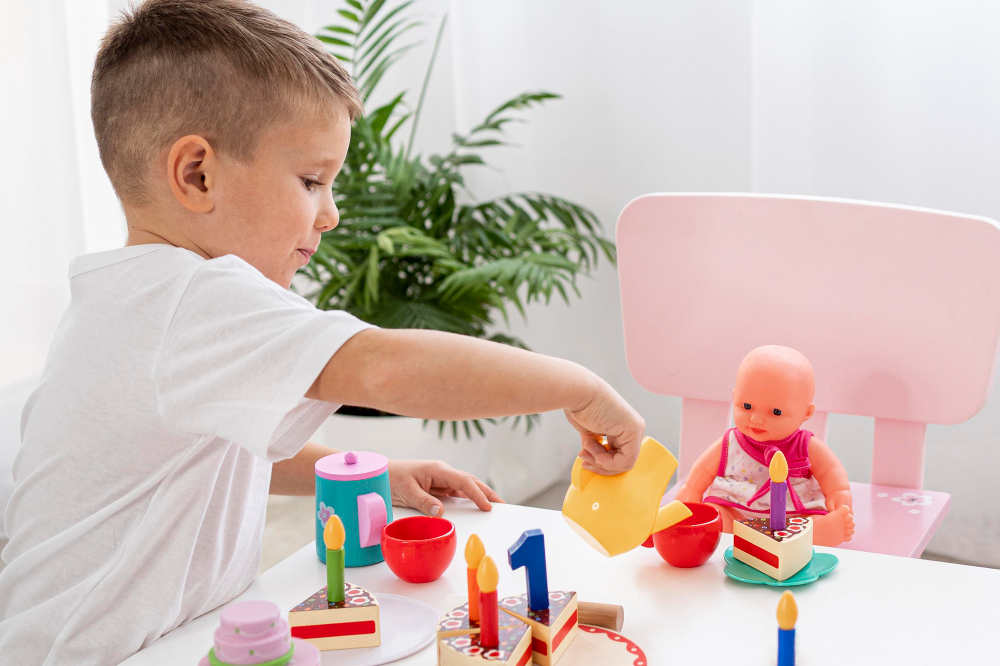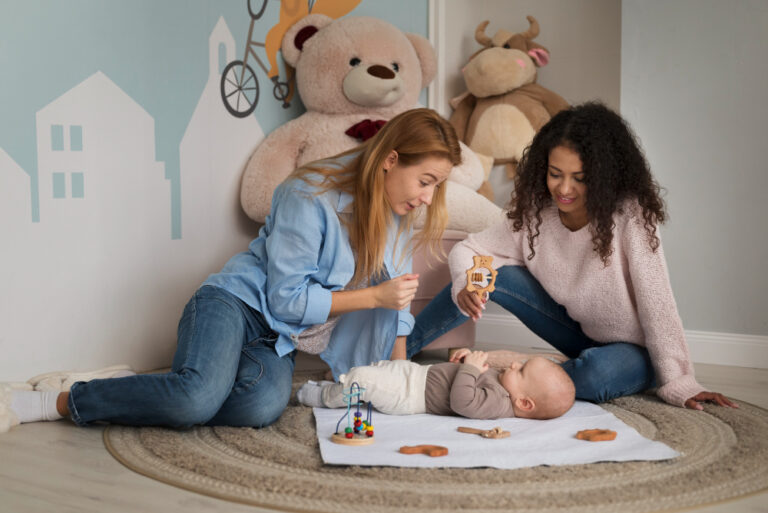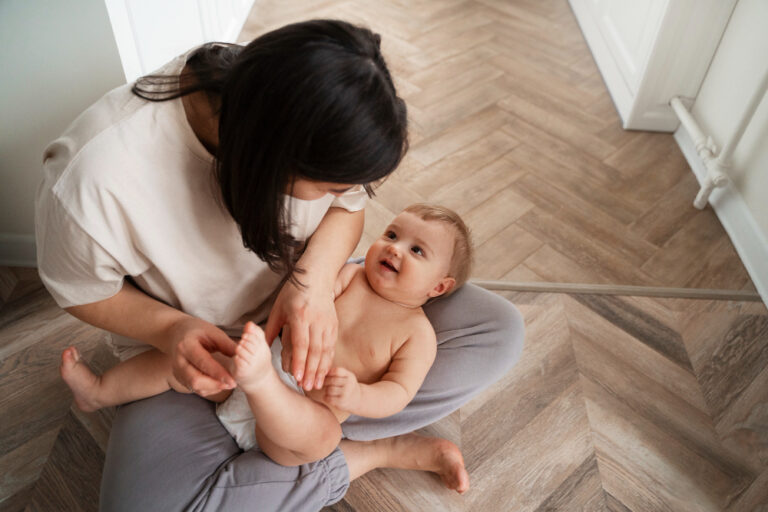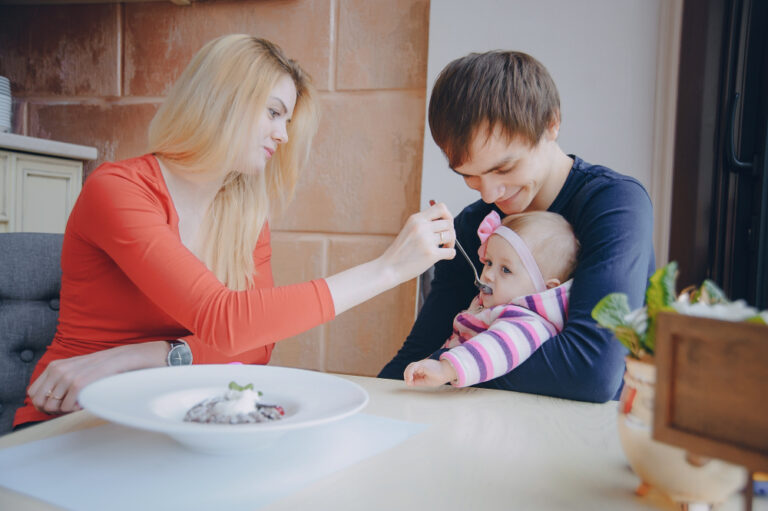10 Adorable Baby Care Dramatic Play Ideas Kids Will Love
Pretend play sparks joy, builds empathy, and opens the door to real-world learning. Baby care dramatic play takes that magic even further by allowing little ones to explore nurturing roles in fun, hands-on ways.
With a doll, a few everyday props, and some creativity, children step into the role of a caregiver, mimicking routines they observe in real life. This kind of imaginative play builds fine motor skills, language development, and emotional intelligence all at once.
Whether it’s bottle-feeding a baby doll or folding tiny blankets, these activities engage kids in storytelling and role play that supports early learning goals. A well-set dramatic play corner invites curiosity, encourages teamwork, and brings classroom centers or home playrooms to life.
This list of 10 baby care dramatic play ideas offers simple, fun, and enriching setups that preschoolers will enjoy while practicing responsibility and kindness through play.
10 Baby Care Dramatic Play
Playing pretend helps children learn about the world. Baby care dramatic play is one of the best ways for kids to explore love, kindness, and responsibility.
It’s fun, simple, and helps build strong social and emotional skills. Let’s explore 10 ideas you can set up at home or in the classroom.
1. Baby Bath Time Station
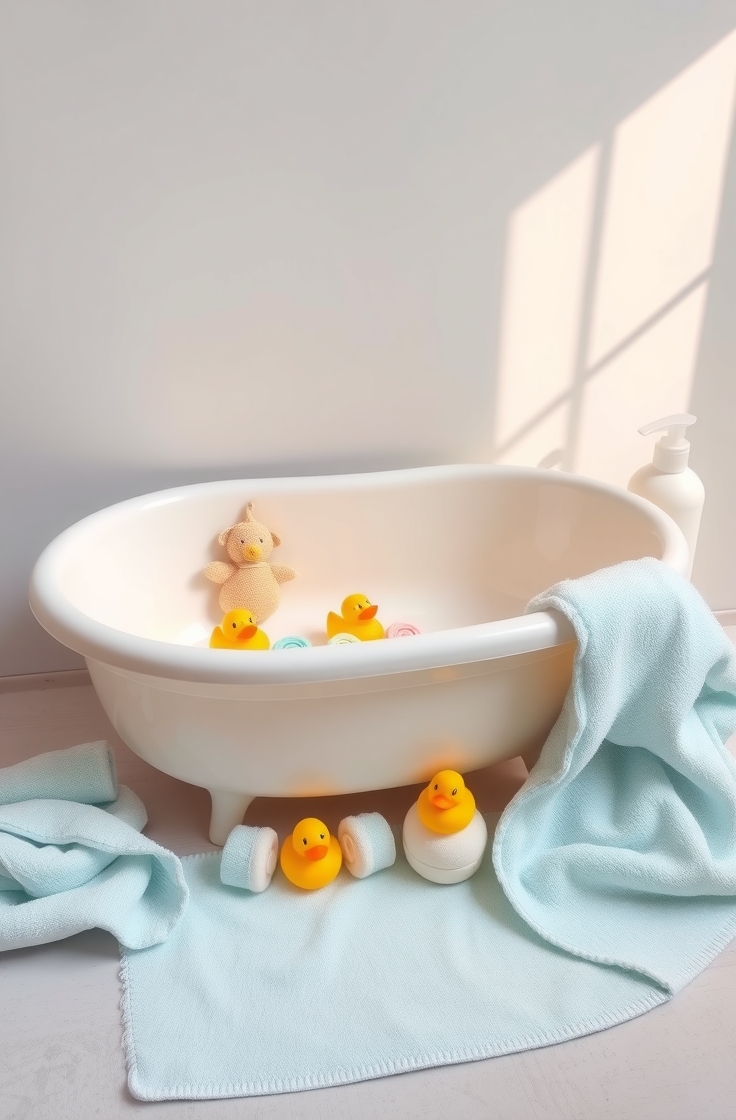
Fill a small plastic bin with water. Add a washcloth, baby doll, and toy soap bottle. Set towels nearby. Children can pretend to wash and dry the baby.
Use soft words like, “The baby is cold,” or “Let’s wash the baby’s toes.” This kind of pretend play teaches empathy. Kids learn to be gentle.
They also practice steps like washing, rinsing, and drying. Put the bin on a towel to catch spills. Keep it safe and clean. It’s a simple setup that offers hours of fun.
2. Diaper Changing Area
Place a small mat or towel on a table. Add clean diapers, baby wipes (real or fake), and baby powder containers. Let kids change their baby dolls’ diapers.
This dramatic play idea teaches routines. Children learn steps like removing the diaper, cleaning the baby, and putting on a fresh diaper.
They also build fine motor skills. To make it more real, use old baby wipes packages or empty powder containers. Pretend lotion also works well.
3. Baby Feeding Station
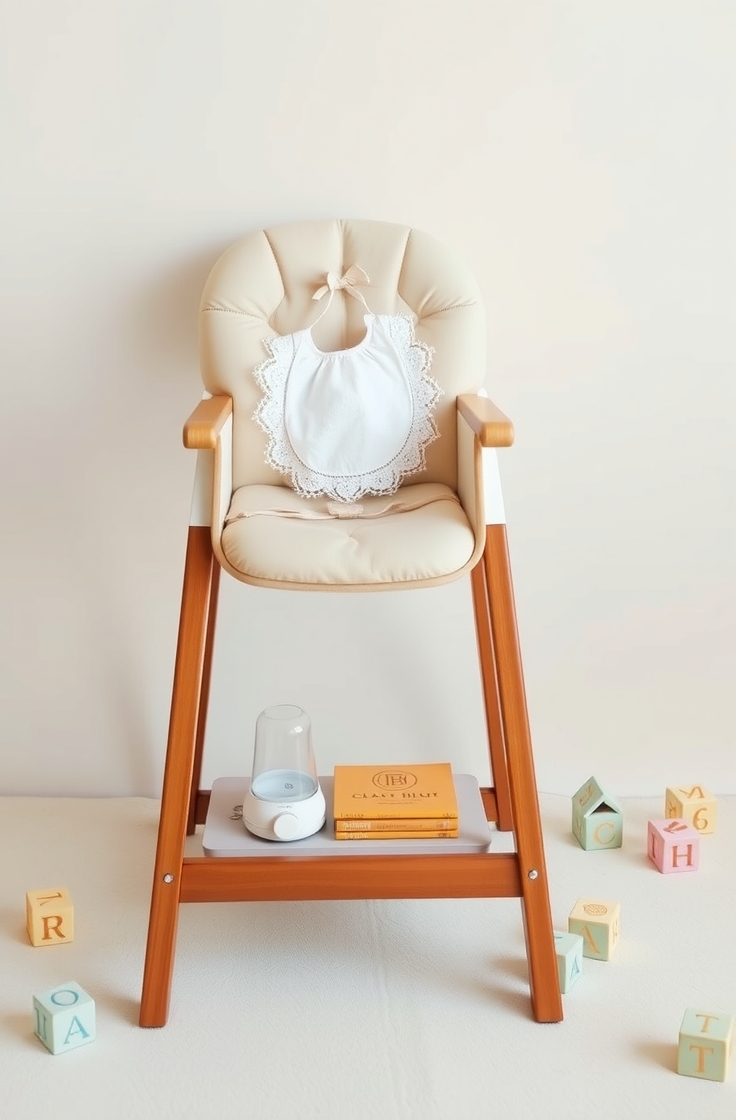
Set up a high chair or booster seat for a doll. Add bottles, baby food jars (empty ones work), and small spoons. Use small towels or bibs.
Children can pretend to feed the baby with love and care. They can say things like, “Open wide,” or “Good baby.”
It builds language skills and helps with role play. Offer cloth napkins for spills. Use plastic dishes to stay safe. A simple setup teaches a lot through play.
4. Baby Doctor Visit
Set out a small table as a doctor’s office. Add toy stethoscopes, thermometers, bandages, and cotton balls. Include a notebook for “doctor notes.”
Children pretend to care for a sick baby. They check the baby’s heartbeat, give pretend medicine, and write notes. This play builds problem-solving skills and teaches care during sickness.
Let kids take turns being the doctor, nurse, and parent. It encourages teamwork. Plus, they start to understand how doctors help.
5. Baby Nap Time
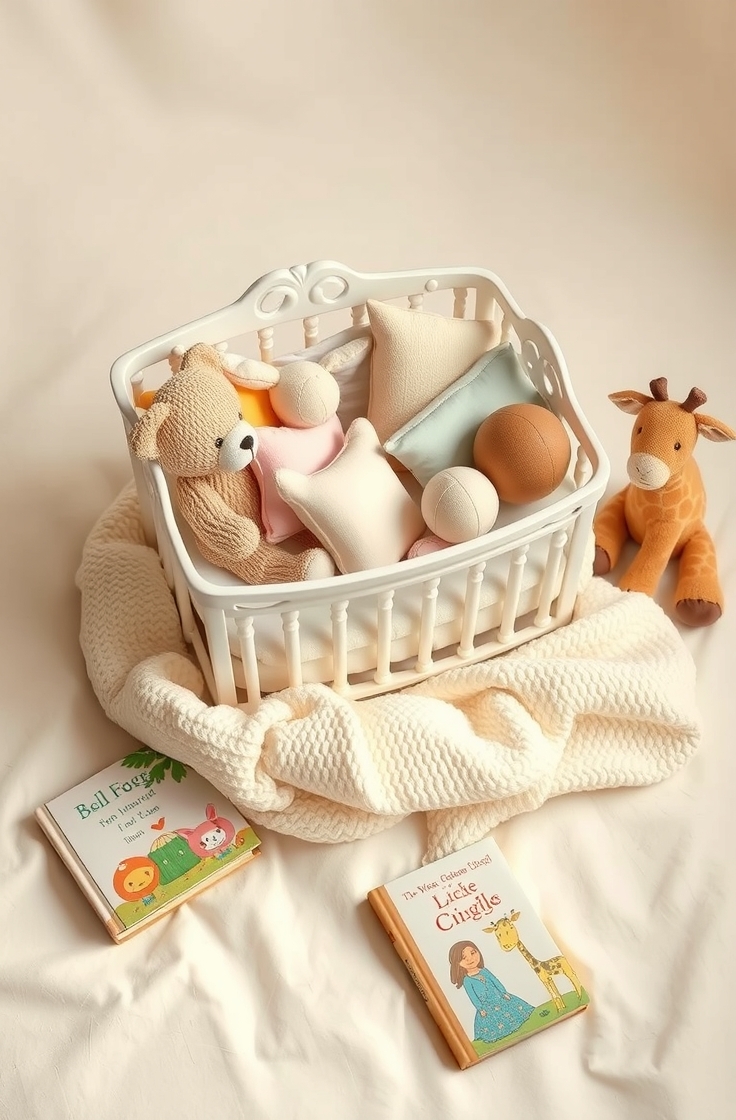
Lay out a small blanket or crib. Add soft pillows, stuffed animals, and bedtime books. Let children pretend to put the baby to sleep.
They can read a story, sing a lullaby, and tuck in the baby. It helps them feel calm. They learn bedtime routines.
Soft lighting and quiet music can add to the play. You can even use a nightlight or small lamp to set the mood.
6. Baby Walk in the Park
Use a toy stroller or small shopping cart. Children can take the baby for a pretend walk. Set up a path or a small play park area with grass, flowers, or benches.
Kids enjoy pretending the baby is seeing birds or trees. This play idea adds movement. It also teaches the joy of being outside.
Let kids talk about what they see. “Look, a tree!” or “The baby loves flowers!” They learn storytelling and awareness.
7. Baby Clothing Station
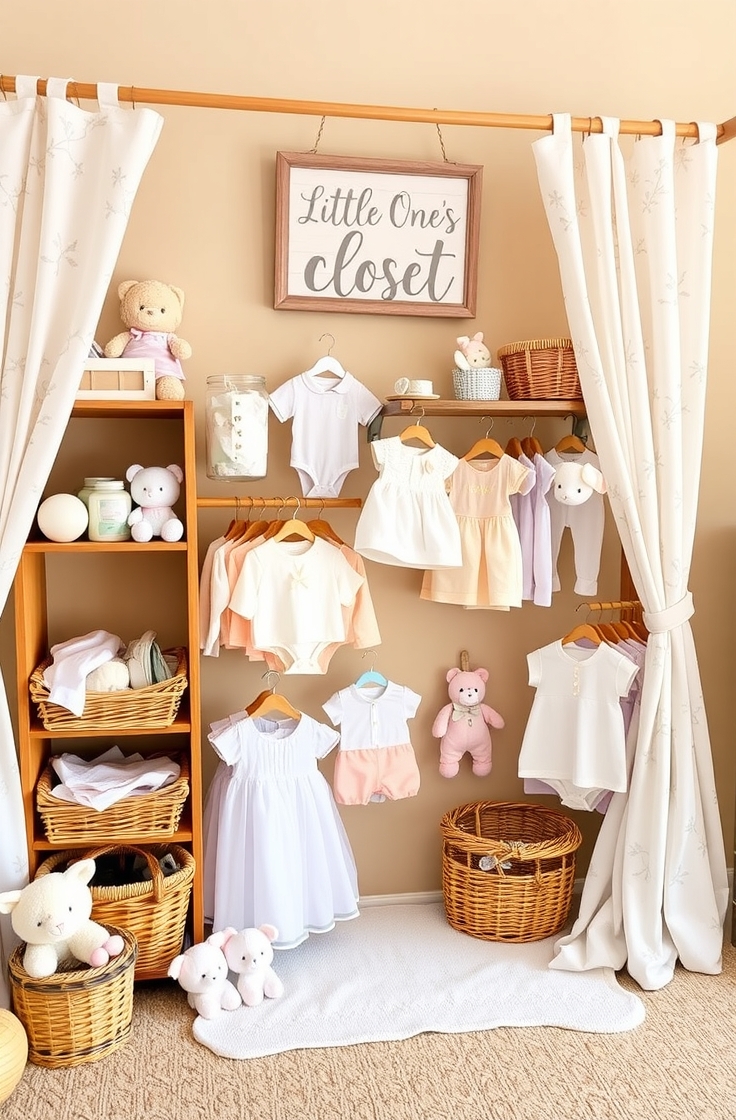
Fill a small basket with baby clothes, socks, hats, and shoes. Add a tiny dresser or box to organize the clothes. Children can change the baby’s outfits again and again.
This helps with fine motor skills. Kids also learn how to match clothes and dress for the weather.
Talk about warm and cold clothes. Ask simple questions like, “Is it cold today?” or “Does the baby need a jacket?” It keeps the play active.
8. Baby’s Birthday Party
Set up a small table with play cupcakes, pretend candles, and party hats. Let kids plan a birthday party for the baby doll. Add paper plates and a toy cake.
They can sing, dance, and give small pretend gifts. This play idea teaches celebration and friendship.
Kids enjoy taking turns. One child can be the host, others can be guests. It helps with sharing and waiting.
9. Baby Grocery Shopping

Use a play grocery basket or toy cart. Set up pretend baby items like formula, diapers, baby food, and wipes on shelves or boxes. Add a toy register.
Children play as parents shopping for baby needs. They pick items, pay at the register, and talk about what the baby needs.
This teaches counting, talking, and daily routines. Let one child be the shopkeeper. Others can shop and pay. It’s a fun way to practice social skills.
10. Baby Photo Shoot
Set up a simple photo area with blankets and props like small hats or flowers. Let children pose their dolls and pretend to take pictures.
Use a toy camera or an old phone without batteries. Kids can say, “Smile, baby,” or “Say cheese!” It helps them be creative.
They learn about pictures, memory-making, and gentle touch. You can hang pretend photos made from drawings. This adds to the joy of pretend family life.
FAQs
What age is good for baby care dramatic play?
Ages 2 to 6 enjoy this kind of play the most. It helps them learn daily routines and feelings.
Why is baby care play important?
It teaches empathy, language, and life skills. Children practice love, patience, and problem solving.
Can boys play baby care too?
Yes. All children benefit from this kind of role play. It’s good for emotional growth and teamwork.
Do I need expensive toys?
No. Use old baby items, empty containers, or handmade props. Simple things work best.
How long should this play last?
Let children guide the time. Some may play for 10 minutes, others longer. Keep the space safe and fun.
Conclusion
Baby care dramatic play gives children more than fun. It helps them understand the world around them. These 10 ideas are easy to set up with everyday items.
Each one helps build love, language, and life skills. From feeding the baby to planning a party, kids feel proud and caring.
Simple play makes big memories. Let children take the lead, ask questions, and share smiles. Every blanket, bottle, or stroller brings a new chance to grow

